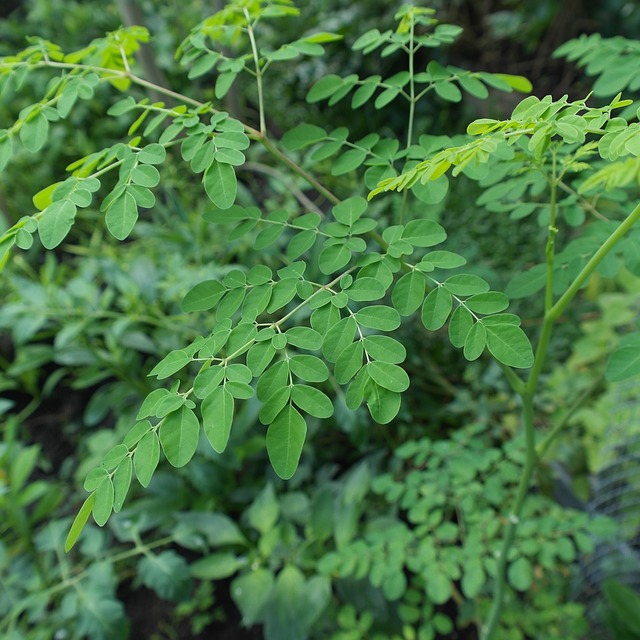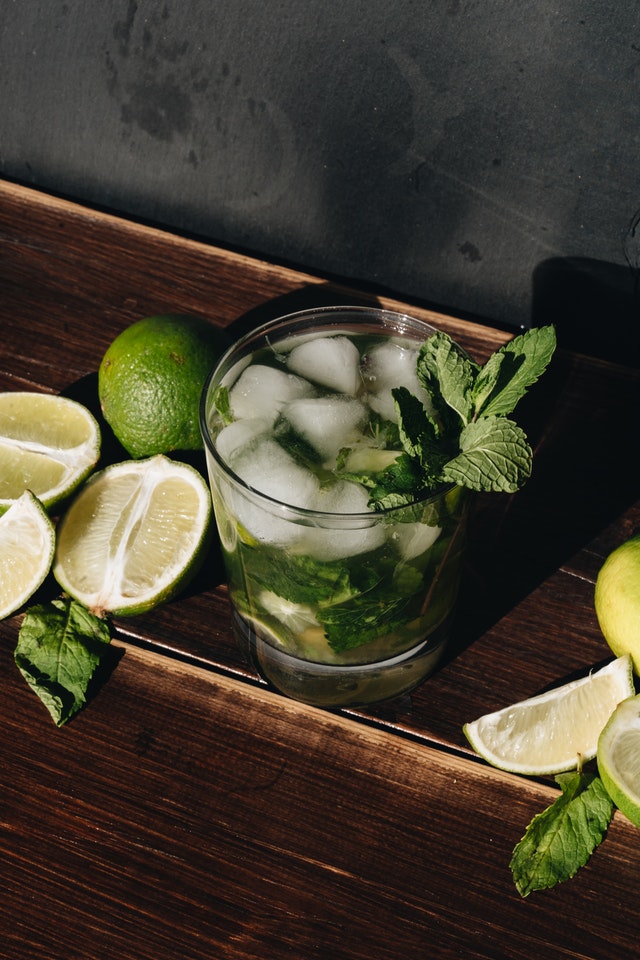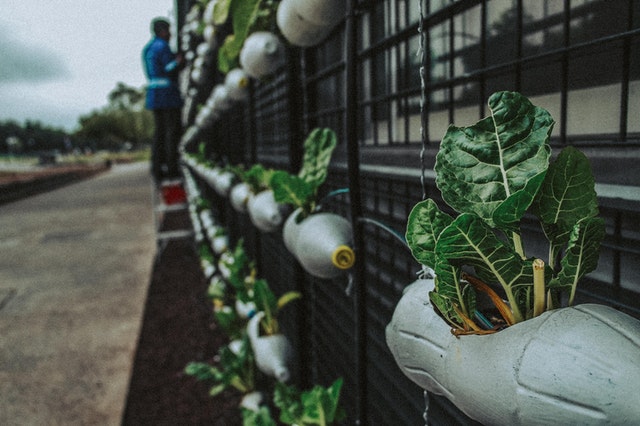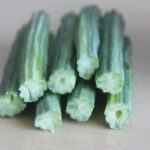Reap the Benefits of Growing Your Own Moringa Tree Today
Can You Grow Your Own Moringa?
Absolutely! It does all depend on your location though. Being native to more tropical/sub-tropical regions, moringa prefers warmer, more sunny climates, and light frosted winters.
Moringa loves to be in the sunlight (but not all day sunlight if you live in scorching climates), and thrives between temperatures 0f 75 to 97 degrees, but can tolerate even warmer temps, if grown in a mostly shaded area.
The best zones for growing moringa are 9 and 10 on the cold hardiness scale, but can still be grown in other areas with a little extra attention.
You can find out what zone you are located in, by clicking on this cold hardiness map from the USDA (United States Department of Agriculture).
Sunshine is a Moringa Trees Best Friend
I remember when I first came home with my brand new moringa babies, and the lady who I purchased them from told me “they are sensitive to too much sun, and prefer to be planted/placed in the shade.” Not knowing anything about moringa plants at the time, I followed her instructions, and was devastated to watch my plants slowly wither away to nothing.
After many moringa plants dying off, and down to my last semi-healthy plant, I decided to completely disregard what the lady originally told me about planting them in the shade, and took the risk of putting my moringa tree directly into full Florida sunlight.
Needless to say, the tree thrived! I have since planted many moringa seeds directly into the ground or large pots, in a full sun (6 to 8 hours +) location. They not only drastically grow in height and foliage, but their stalks (which is the foundation and strength of the tree), grow thicker and stronger in direct sunlight, versus the tall, thin and flimsy stalks that were forming while growing in a more shaded area.
Do Not Over Water
Watering is vital when first establishing a new moringa tree or transplanting. However, too much water will cause the moringa tree’s leaves to turn yellow, begin to wilt and make the stalks weaker.
When establishing, give small amounts of water each day, or every other day, until you notice new growth forming and the plant is thriving. If the leaves are beginning to turn yellow, then hold off on the watering for a few days, to give the soil time to become less moist.
Once established, you only need to water during bouts of drought, and high temperatures (during peak summertime).
Moringa Can Be Sensitive to Cold Weather
It is not particularly fond of cooler weather however, for it can be triggered to go into dormant mode if the temperatures drop below 70 degrees. When in dormant mode, moringa usually tends to shed all their leaves, and may portray a rather pitiful sight.
They can however survive winter months, if given the proper care. If your moringa is planted in ground, then you can help protect the roots by wrapping a towel or blanket around the tree during cold days and nights. In addition to the towel or blanket, you could build a personal mini greenhouse that could easily be lifted over the tree (when thru with using it). This will help reserve some extra heat, while protecting the tree from wind and freezing rain.
If you live in an area where the temperatures tend to drop into the freezing zone regularly, then you may want to consider planting your moringa tree in a large pot, so that you are able to bring it inside during the coldest winter months.
Moringa trees can be grown indoors, but you want to place the tree in a very well lit room close to the window (for it thrives with sunlight), otherwise, you will risk having a very sensitive, weak tree, that does not grow as rapidly.
Tips to Ensure Successful Transplanting
As mentioned above, moringa is quite easy to grow, but it can be temperamental when it comes to disturbing its roots, causing it to whither from shock. Sadly, I have lost quite a few plants during the transplanting process, because they were unable to overcome the shock factor.
If you have a small baby moringa tree that is needing to go either in a larger pot, or in the ground, then you do want to take care in disrupting the roots as little as possible. For the moringa tree prefers to be planted, and then left alone to flourish.
To carefully transplant; first run a knife around the inside edges of the pot to release the soil from the sides. You then want to (skillfully) flip the pot upside down, with your hand on the top of the soil (at the base of the moringa plant) to catch the moringa as you flip it over to release it from the pot (trying your best to keep all the soil intact).
Then, you simply transplant into the new larger pot (or soil if planting in the ground).
To help reduce the amount of shock the tree may endure, try mixing a handful of Epsom salts into the soil.
Is Growing a Moringa Tree Right for You?
I’m hoping you have found these tips and guidelines, to be useful for your moringa growing journey.
Growing a moringa tree may not be ideal for everyone, for if you live within a more cold region, then you may find it difficult and exhausting to try and keep one thriving. But you will never know unless you give it a try.
If you know for sure however, that you would like to reap the many health benefits of moringa, but not interested in growing and maintaining one for yourself, then you can rest assured in knowing that there are a number of companies out there who are working hard to bring you only the finest quality of moringa on the market today.
Questions are greatly welcomed, and quickly answered, so please feel free to share any questions or thoughts you may have within the comments below.











Hi,
I have several moringa trees on my land and you are right, they are rather sensitive when you transplant them. I waited until the roots had taken over the pot, and then I just had to pull them out with soil attched and plant them in the ground. My trees are huge now, and still growing. Although I live in the semi-desert, they have gone dormant every winter season. It gets cool in our winters but not super cold. I eat their leaves and flowers and I also swallow their seeds (two) in the morning. It is such a highly beneficial and medicinal tree!
That is awesome Christine! Love meeting like minded people!